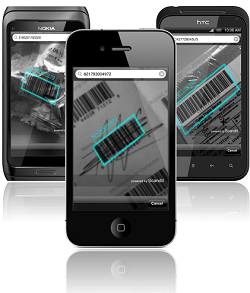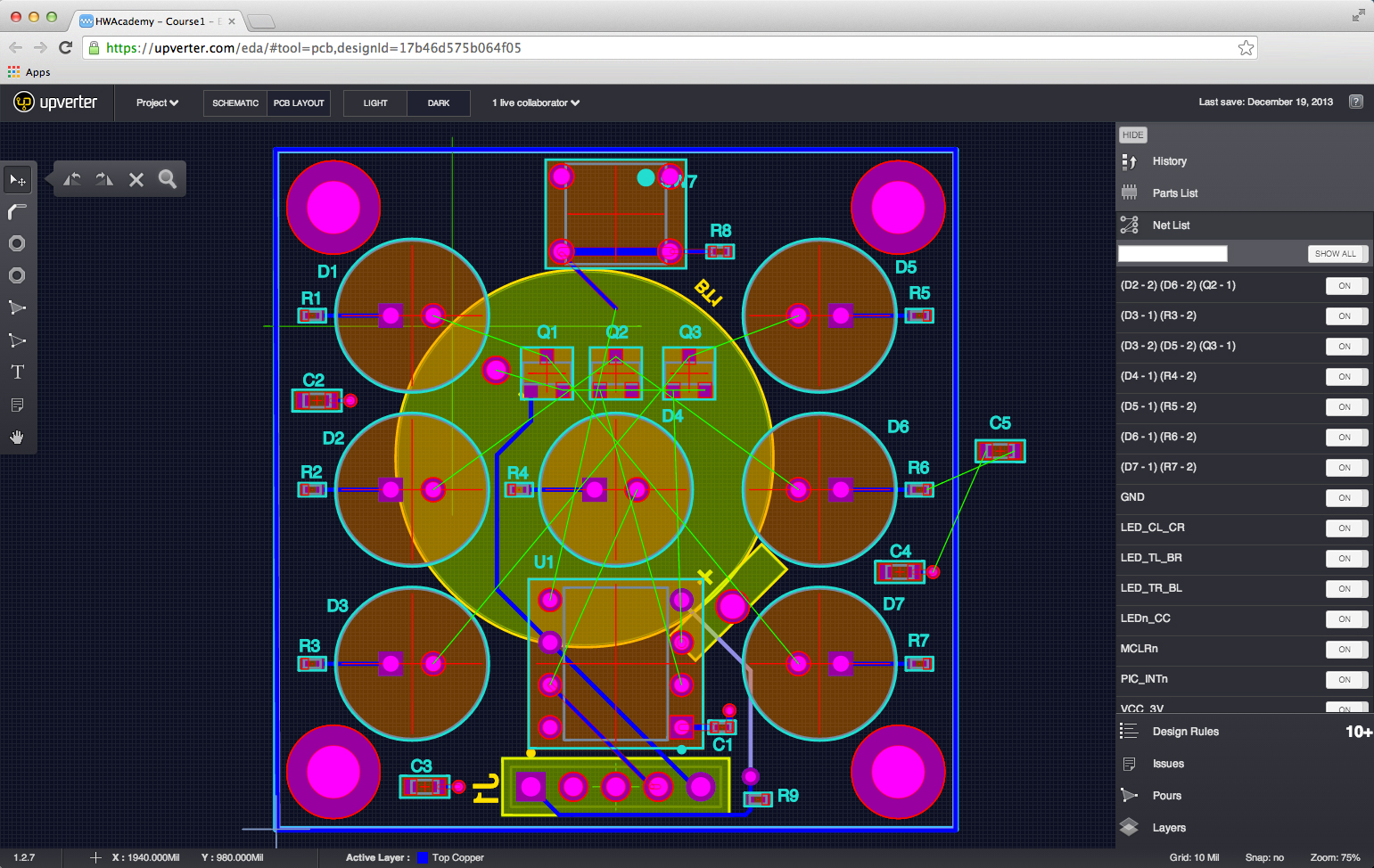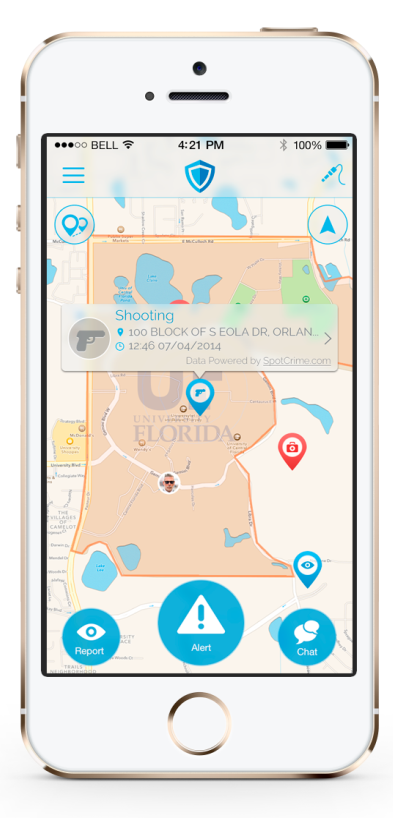 A Q&A with Scandit co-founder and CEO Samuel Mueller. The Zurich-based startup, which offers a barcode scanning software development platform designed to bring high-quality scanning to commodity devices, last week announced the closing of a $5.5 million funding round—its first outside funding. Investors include Ariel Luedi and other unnamed Angel investors. It was founded in 2009 by Mueller, CTO Christian Floerkemeier and COO Christof Roduner.
A Q&A with Scandit co-founder and CEO Samuel Mueller. The Zurich-based startup, which offers a barcode scanning software development platform designed to bring high-quality scanning to commodity devices, last week announced the closing of a $5.5 million funding round—its first outside funding. Investors include Ariel Luedi and other unnamed Angel investors. It was founded in 2009 by Mueller, CTO Christian Floerkemeier and COO Christof Roduner.
SUB: Please describe Scandit and your primary innovation.
Mueller: Scandit is a technology company headquartered in Zurich, Switzerland, with an office in San Francisco. It was founded in 2009 by a group of researchers from MIT, ETH Zurich, and IBM Research, and our primary innovation is a software-based barcode scanning and data capture platform. Its purpose is to enable B2B and B2C organizations to maximize operational performance and drive new revenue streams via enterprise-grade barcode scanning software development toolkits (SDK), OCR, and data capture software for smartphones, tablets, and wearable devices. With more than 12,000 licensees in 80 countries, Scandit processes hundreds of millions of scans per year.
 SUB: Who are your target markets and users?
SUB: Who are your target markets and users?
Mueller: The current primary target markets include retail, manufacturing and logistics. Scandit’s SDK can be leveraged for a variety of use cases in these markets. For example, retail applications for consumers include mobile shopping, self-scanning, loyalty, and list-making applications, in addition to merchant-facing retail applications such as mobile point of sale (mPOS), clienteling, inventory management, and procurement. In manufacturing, applications include asset management, inventory management, procurement and logistics applications, package shipment, and delivery and field service.
Scandit’s barcode scanning and data capture technology is also relevant for a variety of other industries that leverage scanning technologies and are interested in improving their processes, such as healthcare—for example, bedside care; government—for example, document tracking; entertainment—for example, ticketing; and automotive—for example, VIN scanning.
Our customers include some of the world’s most prestigious brands, including Ahold, Bayer, Coop, Homeplus, NASA, and Saks Fifth Avenue.
SUB: Who do you consider to be your competition, and what differentiates Scandit from the competition?
Mueller: Scandit has two kinds of competitors. Firstly, the traditional handheld barcode scanners—Motorola, Honeywell, Intermec—and, secondly, a small set of software-based scanning vendors, two of which are open source: ZBar, ZXing, and RedLaser.
Our key differentiator is that Scandit is the only software-based scanning technology that is able to compete with traditional handheld scanners in terms of scanning and speed and reliability. This is made possible via its patent-protected algorithms, which enables Scandit to recognize barcodes in blurry images—such as those produced from smartphone cameras—before the camera generates a sharp image, or those from cameras without autofocus capabilities.
SUB: You just announced that you’ve raised $5.5 million in funding. Why was this a particularly good time to raise outside funding?
Mueller: This was a good time to raise capital because we had reached a point with our technology development where the value proposition was very clear to both consumers and enterprises. We also were beginning to see significant interest in a few large markets that are now ready to embrace the benefits of software-based scanning. While consumers have been scanning for some time, we wanted to wait until our technology was mature enough for major enterprises to invest heavily in sales and marketing as well as bolster our engineering efforts.
SUB: How do you plan to use the funds, and do you have plans to seek additional outside funding in the near future?
Mueller: The funds are being used for additional R&D to ensure we stay at the forefront of technology development in not only the barcode scanning market but also the broader automatic identification and data capture market. They are also being used to build out our sales and marketing team, and build awareness in the United States as well as Europe.
Given that Scandit already has a large and fast-growing customer base, the current funding round is more than enough to cover our current investment needs.
SUB: What was the inspiration behind the idea for Scandit? Was there an ‘aha’ moment, or was the idea more gradual in developing?
Mueller: During our times as researchers, we had already been observing trends such as the ongoing miniaturization and commoditization of consumer-grade computing hardware, and the continuous improvements in smartphone battery life and consumer camera modules. We quickly realized that these trends will eventually allow us to emulate different kinds of dedicated identification and data capture hardware—such as handheld barcode scanners—via consumer-grade devices such as smartphones by deploying very smart algorithms on highly commoditized hardware and camera modules. This triggered the development of our first early prototypes and algorithms, and included several additional ‘aha’ moments and breakthroughs during the development of all our different algorithms.
SUB: What were the first steps you took in establishing the company?
Mueller: Before funding the company and while continuing to improve our core technology, we had spent several months exploring different market segments to elicit customer requirements, understand value creation and willingness to pay, and were generously supported by several local entrepreneurship and coaching programs such as venture kick and CTI during this time.
SUB: How did you come up with the name? What is the story or meaning behind it?
Mueller: The word ‘Scandit’ combines the core of our technology, ‘scan,’ with a generic representation of the objects, ‘it,’ to which our technology is applied in a humanized way. The fact that the word sounds like ‘scanned it’ hints at the fast performance of the technology, and the similarity to the word ‘bandit’ more subtly also includes the idea that we’re building a high-quality product in a very disruptive manner by leveraging very smart software running on commoditized hardware, instead of building dedicated hardware for a particular task.
SUB: What have the most significant challenges been so far to building the company?
Mueller: During the first four years of our company, we had made a very conscious decision to grow the company organically, which means we worked with very limited resources on a very ambitious plan to change the world of barcode scanning as we know it. There are also inherent limitations in mobile camera technologies that we have had to overcome with increasingly sophisticated software to compensate for dramatically variable commodity hardware.
SUB: How do you generate revenue or plan to generate revenue?
Mueller: We generate revenue primarily through license fees for our barcode scanner software development toolkit.
SUB: What are your goals for Scandit over the next year or so?
Mueller: To become the barcode scanning technology platform of choice for a wide variety of retail and manufacturing applications, providing a pathway to the future with uncompromising quality.













